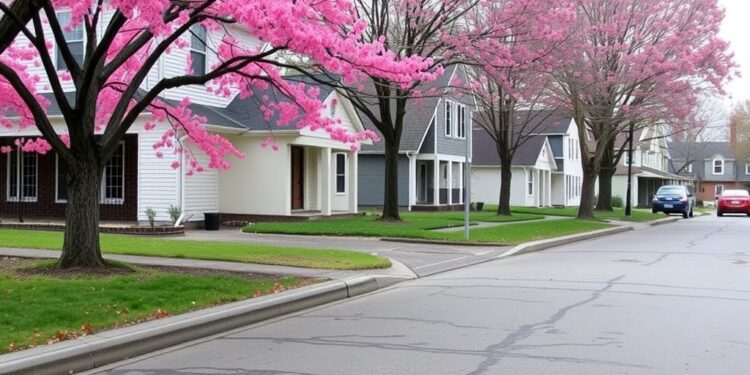In a groundbreaking study focusing on breast cancer, a cohort of Black women residing in disadvantaged neighborhoods has revealed unsettling data regarding mortality rates. This research assessed various variables like disease stage at diagnosis, treatment options, and individual lifestyle factors, yet concluded that living in these disadvantaged areas contributes significantly to increased mortality from breast cancer. This troubling finding underscores the implications of socio-economic determinants on health, especially in communities that already face systemic disparities.
The study highlights a stark reality: environmental and community-level factors appear to be influencing health outcomes in ways that surpass the impact of personal health behaviors and medical interventions. The findings advocate for a shift in focus towards community-level interventions that can mitigate the external stressors and deficiencies experienced by residents of these neighborhoods. For instance, improving access to high-quality cancer care could play an essential role in addressing the disparities in survival rates among different racial groups diagnosed with cancer.
Moreover, the research suggests that systematic changes are necessary to break down the barriers affecting Black women living in these communities. Access to medical care, education around health management, and resources dedicated to prevention and treatment must be equalized to ensure that every individual has a fair opportunity for survival. The study’s authors propose that solutions should be multidimensional, combining healthcare access, policy reform, and community support to create healthier environments for at-risk populations.
There is a pressing need for tailored community-based strategies that incorporate local voices and needs. In part, this means providing services like transportation for medical appointments, culturally sensitive health education, and outreach programs that actively engage with these communities. Only by addressing the root causes of health disparities can we hope to increase survival rates and improve quality of life for these vulnerable populations.
Interestingly, the study draws attention to how much these community factors can overshadow the traditional parameters of healthcare evaluation. While factors such as stage at diagnosis and treatment options are important, they are only part of the larger picture. The psychological stress associated with living in an environment fraught with socio-economic difficulties compounds physical health issues, creating a cycle that is difficult to escape.
Research such as this opens the door for further studies that could explore specific community interventions and their effectiveness in improving cancer outcomes. These could include initiatives that provide holistic support, incorporating mental health resources alongside physical healthcare. Evaluation of such programs can provide a data-driven foundation for future health policies aimed at reducing disparities along racial and socio-economic lines.
As policymakers and healthcare professionals consider implementing these strategies, an emphasis on the realities faced by Black women in disadvantaged neighborhoods will be crucial. Their experiences provide invaluable insights into the health disparities affecting their community and can guide effective, empathetic, and culturally competent care.
In addition to the immediate public health implications, the study exposes the larger systemic issues entrenched in society that lead to these health outcomes. It challenges us to reconsider how we define health and success within the healthcare system, offering a critical lens to examine the various social determinants of health. By directly confronting these inequities, new pathways can be established to foster environments where health is prioritized, regardless of one’s socioeconomic status or neighborhood.
Finally, the research opens an important dialogue about responsibility. It not only rests on individuals to seek out their health but also obligates healthcare systems and policymakers to create equitable environments conducive to health and resilience. The urgency of making these changes is apparent, given the increased mortality rates uncovered in this study, and it is imperative that action is taken swiftly and decisively to address these disparities now.
Moving forward, collaborations between healthcare providers, community leaders, and researchers will be vital in developing meaningful solutions. Such partnerships can facilitate a better understanding of community needs and drive the implementation of effective interventions that prioritize well-being. The time for this critical action is now, as the fight against breast cancer must also encompass a concerted effort to dismantle the barriers that contribute to racial and social disparities in health outcomes.
Ultimately, this study serves as a clarion call for change, highlighting the stark realities faced by too many. It reminds us that everyone deserves quality healthcare and that the fight against diseases like breast cancer must be inclusive, equitable, and comprehensive. Only then can we hope to achieve true progress in the battle against cancer for all communities, particularly those most affected by these disparities.
Subject of Research: Impact of socio-economic factors on breast cancer mortality among Black women
Article Title: Disparities in Breast Cancer Survival: The Role of Community Environment
News Publication Date: [Insert date]
Web References: [Insert links]
References: [Insert references]
Image Credits: [Insert credits]
Keywords: Breast cancer, health disparities, community health, socio-economic factors, environmental stressors, racial inequality, public health intervention.




